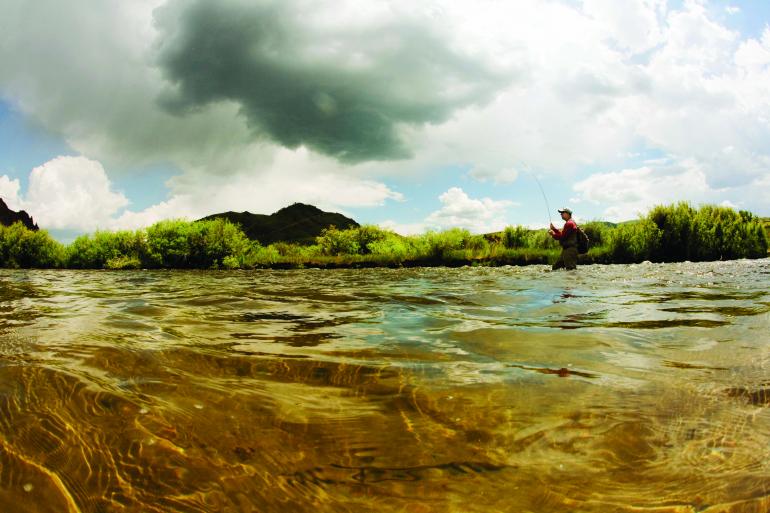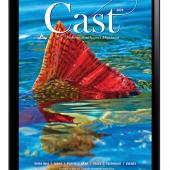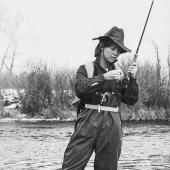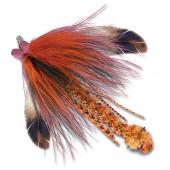Go-to Flies
Spring is here and it’s time to stock up the fly box. As the honeycomb-like fly-shop bins suggest, there are literally hundreds of patterns to choose from. But if used properly, you only need a few. It’s okay to error on the side of more versus less, but don't be caught without the following fly patterns this season.
Dries
My first choice for a springtime dry fly in southwest Montana is the Everything Emerger, a deer-hair creation from legendary tier Scott Sanchez. Is the fly a mayfly or a caddis imitation? Should I fish it in the film or set it up high with lots of stuff on it? Yes. Seriously, it really doesn’t matter—just match the size of the hatch and you're in business. You can get this pattern in tan, peacock, or olive body.
My backup is the Sweetwater Mcdougall. This great attractor pattern works any time of year and is a Sweetwater Fly Shop exclusive. The large white parachute post provides great visibility, and its thick and buoyant deer-hair body provides enough support to fish a small caddis emerger as a dropper. Last spring, this fly was extremely productive on the Yellowstone. Inconsistent weather never allowed the caddis to come off in droves, but stormy gray days provided a better-than-usual March Brown hatch. The Mcdougall was a close-enough imitation to a number of insects to be the bug of choice.
Nymphs
I would never show up at a freestone stream without the King Prince in a wide variety of sizes. Like it or not, you will catch more fish by nymphing. As tired as I get of staring at a strike indicator, it can save the day (and keep a client happy). So, fished in a dry-dropper combination or underneath a Pat’s Rubberlegs stonefly imitation, this nymph catches more fish for me than any other fly. With an olive body and the usual prince goose biot appendages, it must appear to be a caddis emerger and in larger sizes a small stonefly. I will even go as far to fish two King Princes in different sizes at the same time.
Next, get a San Juan Worm in an array of different colors. People often overlook this pattern when they fish the Yellowstone, but it can be effective on freestones and tailwaters alike. While it's not my favorite pattern on the Yellowstone, I really like to fish it in classic red on the lower Madison. There you can team it with a crayfish imitation to provide a succulent meal for a large trout.
Streamers
It’s widely known among guides that using the “Big Uglies” in spring often means catching the biggest fish of the year. That's why the Black Conehead Wooley Bugger is my go-to streamer. Sure, I own all the fancy, articulated stuff that can set you back $5 a pop, but when it comes down to it I usually reach for that ratty lookin’ old bugger that is barely hanging onto life. Black seems to work best for me; olive is my next choice.
That's not to say that I don't like something a bit more extravagant. The Space Invader or Kelly Galloup’s Peanut Envy are two of my favorites. The Space Invader is a bugger on steroids that has a little flash and some rubber appendages; the Peanut Envy is a modest articulated pattern that looks appetizing in the water.
Timm Rosenbach is a retired NFL quarterback and former college football coach who now resides in Livingston. He guides and works at Sweetwater Fly Shop.











